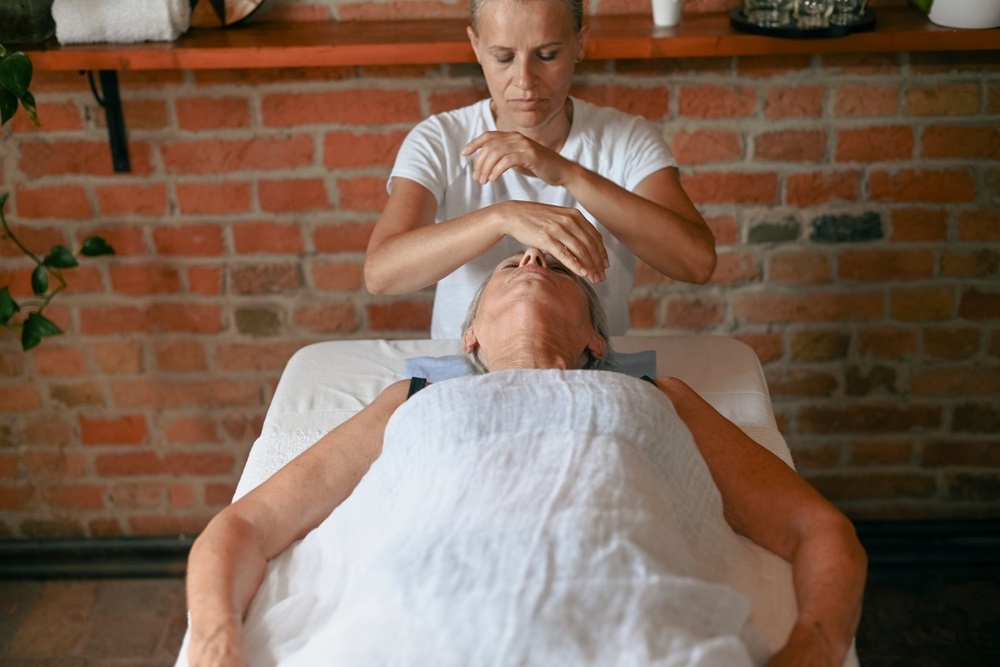Reiki is a powerful healing practice that works on the energetic level, offering relief from stress, emotional imbalance, and even physical pain. However, one common question many people have is: “How many Reiki sessions are needed?” This depends on various factors, such as the condition being treated, the individual’s energy levels, and their personal healing goals. To better understand this, we’ll explore what Reiki does, how it works, and how you can determine the ideal number of sessions for your healing journey in this article by Yrma Wilson.
Contents
- 1 What Is Reiki and How Does It Work?
- 2 How Many Reiki Sessions Are Needed for Effective Healing?
- 3 What to Expect During Your First Reiki Session
- 4 How Many Reiki Sessions Are Needed for Stress Relief?
- 5 How Many Reiki Sessions Are Needed for Physical Pain?
- 6 How Many Reiki Sessions Are Needed for Emotional Healing?
- 7 How Many Reiki Sessions Are Needed for Spiritual Growth?
- 8 How to Know When You’ve Had Enough Reiki Sessions
- 9 Reiki Maintenance: Do You Need Regular Sessions?
- 10 FAQs
- 11 Conclusion
What Is Reiki and How Does It Work?
Reiki is a form of energy healing that originated in Japan. The word “Reiki” is made up of two Japanese words: “Rei,” meaning universal, and “Ki,” which refers to life force energy.
Reiki practitioners use their hands to channel this universal energy into a person’s body, helping to remove energy blockages and promoting overall well-being. The primary goal of Reiki is to restore balance to the mind, body, and spirit, allowing you to experience deep relaxation, improved emotional health, and even physical healing.
The Role of Energy Flow in Healing
Reiki focuses on balancing your life force energy. When your energy flow is disrupted or blocked, it can result in illness, stress, or emotional distress. Reiki helps restore this flow, allowing your body to naturally heal itself. This makes Reiki an excellent tool for people who suffer from chronic stress, emotional issues, or physical pain. But before diving into how many Reiki sessions are needed, it’s essential to understand that energy work takes time and consistency for the most profound effects.
How Many Reiki Sessions Are Needed for Effective Healing?
The number of Reiki sessions needed varies greatly from person to person. While some individuals feel results after just one session, others may require multiple sessions to experience noticeable changes. It’s essential to keep in mind that Reiki is not a one-size-fits-all solution. The nature of your concern, how long it has been an issue, and your receptiveness to energy healing will all influence how many Reiki sessions are needed.
Factors That Influence the Number of Reiki Sessions
Several factors come into play when determining how many Reiki sessions are necessary for healing:
- The severity of the issue: If you are dealing with long-term or chronic problems, such as anxiety, depression, or persistent physical pain, it may take more sessions to work through these deeply embedded issues.
- Your personal energy system: Some people’s energy systems are more open and responsive to Reiki, allowing for quicker healing. Others may have blockages that take longer to clear.
- Your healing goals: Some people seek Reiki for immediate relief from stress or pain, while others are looking for long-term personal growth or spiritual development. Your intention behind the sessions will help determine how many sessions are recommended.
What to Expect During Your First Reiki Session
Your first Reiki session is an opportunity to connect with your practitioner, set your healing intentions, and experience the flow of energy firsthand.
Many people describe feeling warmth, tingling, or a sense of deep relaxation during the session. It’s also common to feel emotional releases, as Reiki works on both the physical and emotional levels.
How Long Does a Reiki Session Last?
Reiki sessions typically last between 60 to 90 minutes, depending on the practitioner and your needs. The session will usually begin with a short discussion about your goals and any concerns you have. Once you are comfortable, the practitioner will begin the energy healing process, either by gently placing their hands on or near your body. You’ll remain fully clothed during the session, and many people find the experience to be deeply relaxing.
How Many Reiki Sessions Are Needed for Stress Relief?
Reiki is highly effective for reducing stress and anxiety. For mild stress, one to three sessions may be all you need to experience a significant improvement. Reiki helps calm your nervous system, promoting relaxation and helping to restore balance in your body. People who experience chronic stress may benefit from ongoing sessions, scheduled weekly or biweekly, until they feel more consistently balanced and grounded.
Reiki as a Preventive Practice
Even if you feel relatively stress-free, Reiki can serve as a preventive practice. Some individuals schedule monthly Reiki sessions to maintain their energy levels and prevent future imbalances. In this case, the number of Reiki sessions you need will depend on how you feel energetically and how much balance you want to maintain in your life.
How Many Reiki Sessions Are Needed for Physical Pain?
Physical pain, whether chronic or acute, can also benefit from Reiki. In cases of acute pain, such as from a recent injury, one to five sessions may be enough to reduce discomfort and promote healing. Chronic pain, on the other hand, may require ongoing treatments over a more extended period. Reiki helps reduce inflammation, alleviate pain, and accelerate your body’s natural healing processes.
Reiki as a Complementary Therapy
While Reiki can help with physical pain, it’s important to understand that it’s not a substitute for medical treatment. Reiki works well as a complementary therapy, often enhancing the effects of traditional medical interventions. Your practitioner may recommend a series of Reiki sessions over several weeks, depending on the severity of your condition.
How Many Reiki Sessions Are Needed for Emotional Healing?
Many people seek Reiki to help with emotional issues such as anxiety, depression, or grief.
Reiki can help release emotional blockages, providing relief from these heavy emotions and promoting inner peace. In most cases, you will need multiple sessions to experience a lasting impact, especially if you are dealing with deeply rooted emotional trauma.
Long-Term Emotional Healing
For long-term emotional healing, it’s common to start with weekly Reiki sessions, then gradually reduce the frequency as you begin to feel more emotionally balanced. Your Reiki practitioner will guide you on how many sessions are appropriate based on your progress and specific emotional needs.
How Many Reiki Sessions Are Needed for Spiritual Growth?
For those seeking spiritual growth and personal development, Reiki can serve as a valuable tool. Many individuals use Reiki to align their energy centers (chakras), increase their intuition, and deepen their connection to their higher selves. Spiritual development is an ongoing process, so Reiki practitioners often recommend regular sessions over an extended period, sometimes monthly or biweekly, depending on your goals.
Reiki and Chakra Balancing
If your primary focus is balancing your chakras and improving your overall energy flow, your practitioner may suggest a specific number of sessions to target these energy centers. Regular Reiki sessions can help keep your chakras in alignment, ensuring that your life force energy flows freely through your body.
How to Know When You’ve Had Enough Reiki Sessions
Reiki is a deeply personal practice, and each person’s experience with it is unique. One way to determine if you’ve had enough Reiki sessions is to tune in to how you feel before and after each session.
Do you feel more relaxed, centered, and balanced? Have your symptoms improved? If you’re constantly feeling better after your sessions, it may be a sign that you’ve achieved the level of healing you were seeking.
Discussing Your Progress with Your Practitioner
Your Reiki practitioner will play an essential role in guiding you through the healing process. They can help you evaluate your progress and suggest whether additional sessions are needed or if it’s time to scale back. Be open and communicative with your practitioner about how you’re feeling, as this will help them tailor the sessions to your needs.
Reiki Maintenance: Do You Need Regular Sessions?
Once you’ve completed a series of Reiki sessions, you may wonder if regular maintenance is necessary. Many people continue to schedule monthly or quarterly Reiki sessions to maintain their energy levels and ensure they stay balanced. This can be especially helpful if you lead a high-stress lifestyle or are prone to emotional ups and downs.
The Benefits of Ongoing Reiki Practice
Ongoing Reiki sessions can help prevent energy blockages from forming, making it easier to navigate life’s challenges. By keeping your energy flowing smoothly, you’ll be better equipped to handle stress, anxiety, and other emotional or physical disturbances. Ultimately, how many Reiki sessions you need for maintenance will depend on your lifestyle and personal preference.
FAQs
How long does it take to see results from Reiki?
Many people experience immediate benefits after one Reiki session, but for deeper issues, multiple sessions may be needed to see lasting results.
Is Reiki safe for everyone?
Yes, Reiki is a gentle, non-invasive practice that is safe for people of all ages and health conditions. It can even be used alongside other medical treatments.
Can Reiki help with sleep issues?
Yes, Reiki is known to help improve sleep by promoting relaxation and reducing stress.
Do I need to believe in Reiki for it to work?
Reiki works on the energetic level, so while belief in the practice can enhance your experience, it is not required for the energy to flow and work.
How often should I schedule Reiki sessions?
This depends on your goals. For general wellness, many people opt for monthly sessions. For specific healing purposes, weekly or biweekly sessions may be recommended.
Can Reiki cure medical conditions?
Reiki is not a cure for medical conditions but can complement traditional medical treatments by helping the body to heal itself.
Conclusion
Reiki is a powerful, non-invasive form of energy healing that can benefit anyone seeking relief from stress, physical pain, emotional turmoil, or spiritual growth. In this article, we’ve explored how many Reiki sessions are needed depending on the individual’s condition and goals. Some may experience immediate relief after a single session, while others dealing with chronic issues may require a longer, more consistent approach. Factors like the severity of the issue, personal energy systems, and healing goals all play a role in determining the optimal number of sessions. Regular maintenance sessions can help ensure continued balance and prevent energy blockages from forming.
If you are unsure how many Reiki sessions you need, remember that it’s essential to communicate with your practitioner, who will guide you through the process and adjust the treatment according to your progress. Reiki is a highly personalized practice, and each person’s healing journey is unique.
At Yrma Wilson Reiki Energy Healing, we are dedicated to helping you discover the profound benefits of energy healing. By tailoring each session to your specific needs, our experienced practitioners will help you identify the ideal number of sessions for your personal well-being, ensuring that you reach a state of balance, peace, and healing. Whether you’re looking for stress relief, emotional support, or spiritual alignment, we’re here to guide you on your healing journey. Reach out today to schedule an appointment.






